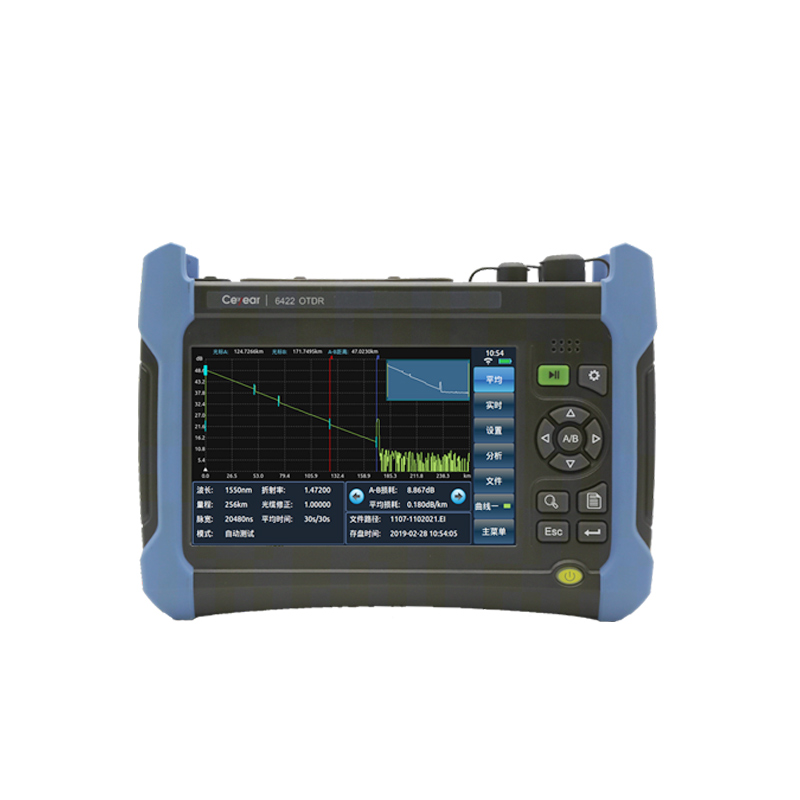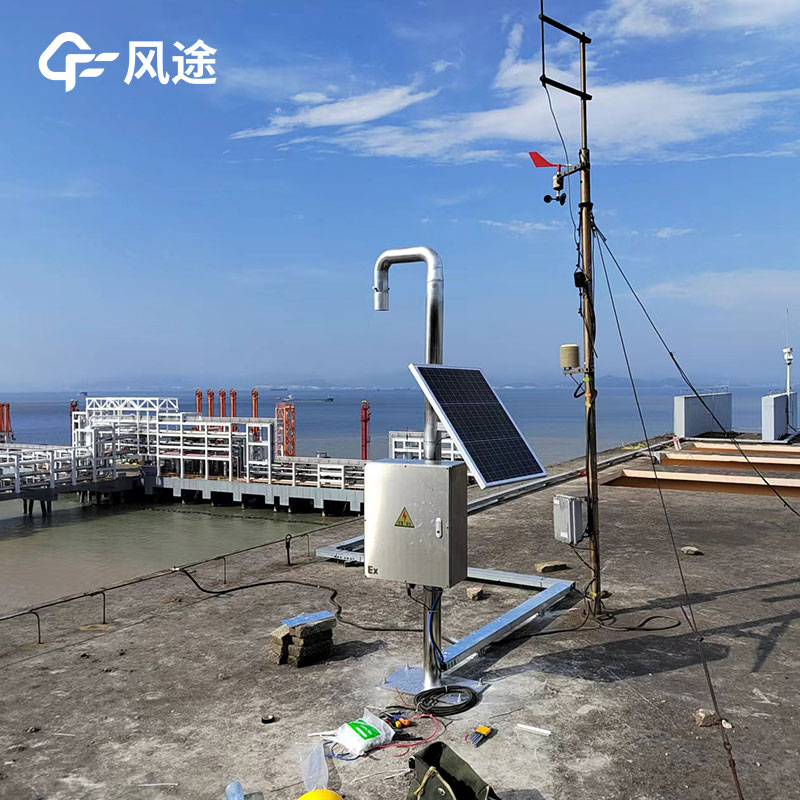Product
Recommended article
- One - Stop Dust Monitoring Solution
- How Forestry Weather Stations Bolster Forest Fire Prevention Efforts
- Discover the Power of Negative Oxygen Ion Monitoring System for Cleaner Air
- Comparative Analysis of Ultrasonic and Automatic Weather Stations in Meteorological Monitoring
- Breaking Through the ‘Last Meter’ with Online Dust Monitoring System
- Mastering Road Conditions with Road Weather Station
Contact us
Shandong Fengtu IOT Technology Co., Ltd
Sales Manager:Ms. Emily Wang
Cel,Whatsapp,Wechat:+86 15898932201
Email:info@fengtutec.com
Add:No. 155 Optoelectronic Industry Accelerator, Gaoxin District, Weifang, Shandong, China
How PV Weather Station Optimizes Photovoltaic Power Generation and Management
Article source:Weather station time:2024-11-28 09:45:03 viewed:8times
Photovoltaic systems rely highly on meteorological conditions. Solar radiation is the energy source, and the light intensity directly affects the power generation. The output power difference between sunny and cloudy days is significant. Temperature also cannot be overlooked. High temperature can cause the open-circuit voltage of photovoltaic cells to decrease and the photoelectric conversion efficiency to reduce. Appropriate wind speed can help with heat dissipation and improve efficiency, while excessive wind speed may damage the components.
Meteorological monitoring is of great significance for photovoltaic systems. In terms of power prediction, by monitoring and predicting meteorological elements such as solar radiation and temperature, the power generation can be estimated, helping the power grid to make reasonable scheduling. During system maintenance, warnings of severe weather can enable operation and maintenance personnel to take protective measures in advance. Long-term data combined with operation data can also optimize the maintenance plan. In the design stage, local meteorological data can determine parameters such as the installation location, angle, and spacing of the power station.
The development of the photovoltaic industry has also promoted the progress of meteorological monitoring technology. High-precision solar radiation sensors have been designed. The meteorological monitoring stations of photovoltaic power plants can not only serve themselves but also enrich meteorological observation data, making regional weather forecasts more accurate.
PV Weather Station, specifically designed for photovoltaic application scenarios, accurately monitors various meteorological elements such as solar radiation, temperature, humidity, wind speed, and wind direction, and transmits these data in real time to the control center of the photovoltaic system, thus safeguarding the efficient and stable operation of the photovoltaic power station and becoming an essential and important part of the photovoltaic industry.

This paper addresses:https://www.yf182.com/industry/565.html
Related products
Related article
-
Dust Monitoring Equipment: Building a Solid Defense for Environmental Protection
2024-11-26 -
Harnessing the Power of Dust Detector for a Dust-Free Environment
2024-12-24 -
Inventory of common types of weather monitoring equipment
2024-05-21 -
Dust Monitoring Equipment: Bridging Data and Environmental Management Decisions
2024-12-12 -
Vehicle-Mount Weather Station: A Mobile Solution for Wind Data Acquisition
2024-12-03 -
Vehicle - Mount Weather Station,Mobile Monitoring in Action
2024-12-27 -
Small weather station for rain, snow and wind monitoring
2024-05-17 -
Vehicle-Mount Weather Station in Action: Tackling Meteorological Disasters Head-On
2024-12-05










